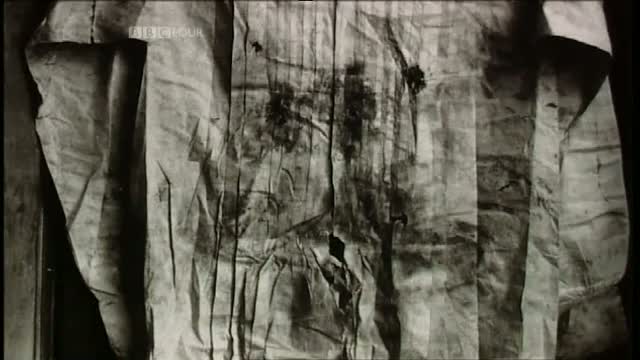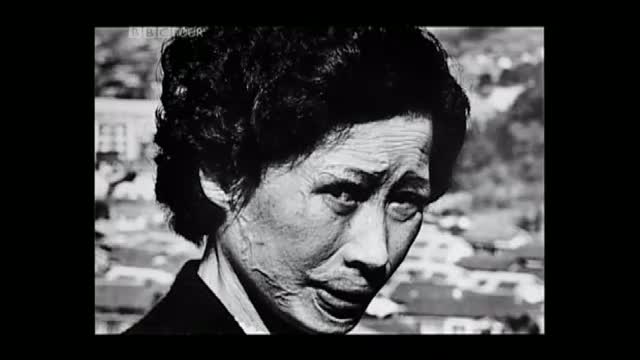This week’s episode is about the evolution of photojournalism, from its beginnings with the Frenchman, Henri Cartier-Bresson, one of the great photographers of the 20th century, up and to the coverage of the aftermath of 9/11.
Along the way we see some of the most iconic images from WW II, taken by the Life photographer Robert Kapa, and by the soldier photographer Tony Vaccaro.
Henryk Ross recorded what was happening in the Jewish ghettos in the 30s and 40s, and W. Eugene Smith spent three years documenting life in Pittsburgh in the 50s.
Sixteen years after the event Shomei Tomatsu returned to Hirshima and Nagasaki and found forgotten victims hiding away, and there were still objects around that told a fierce story, like a distorted bottle molten by the heat of the blast.
Some of the images that haunt the imagination were still, not moving, and the traces of their meaning remain with us, asking whether we have seen the suffering, or ignored it.
if the video does not appear on the page, try reloading the page; and if that doesn’t work, leave a comment so I can update the page (the comment is not published)

Dead Soldier

Emperor Maximillian’s Shirt

Bombs on the Battlefield

Pittsburgh Industry

Nagasaki Survivor

Smashed Windows

There is nothing genius about this and there was no right time and right place. I find this title disgusting. There were just unfortunate people that got caught at the wrong time in the wrong place.